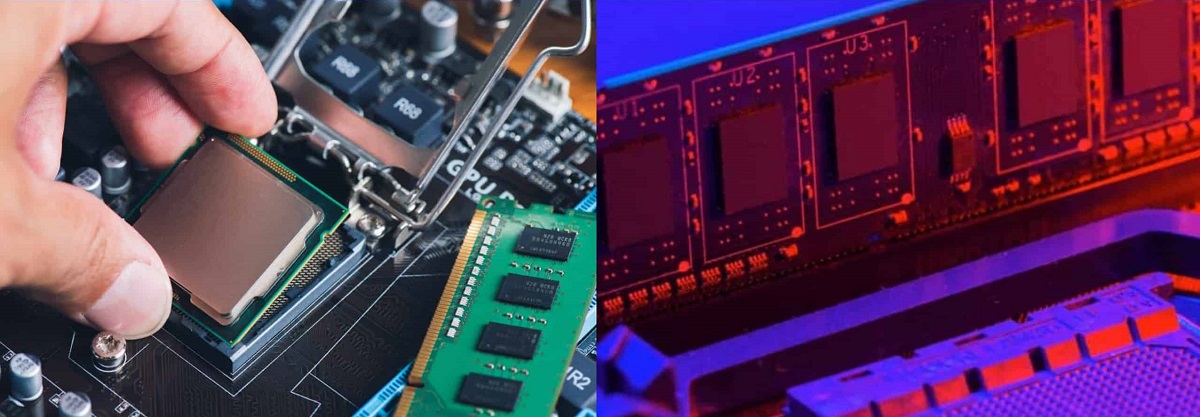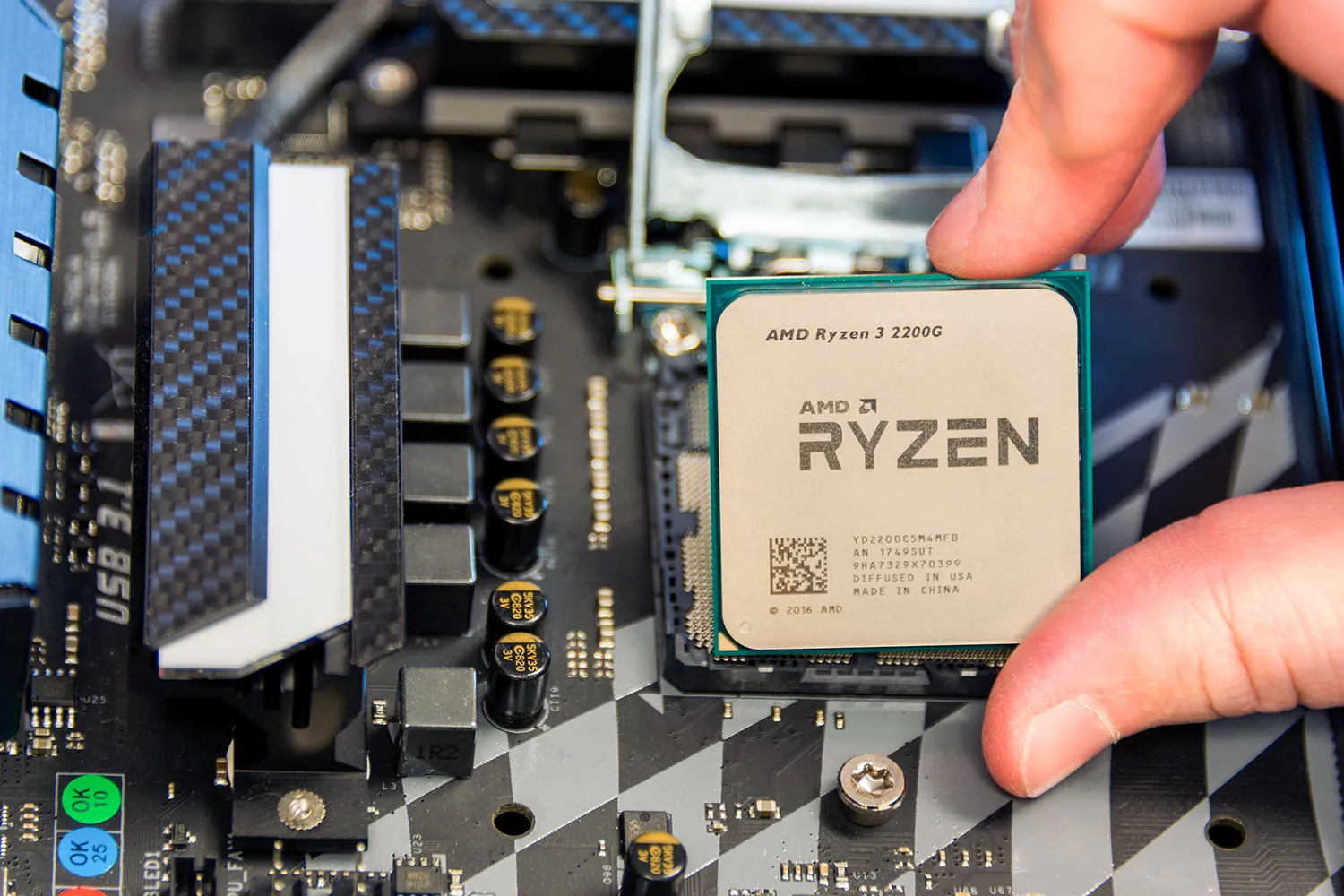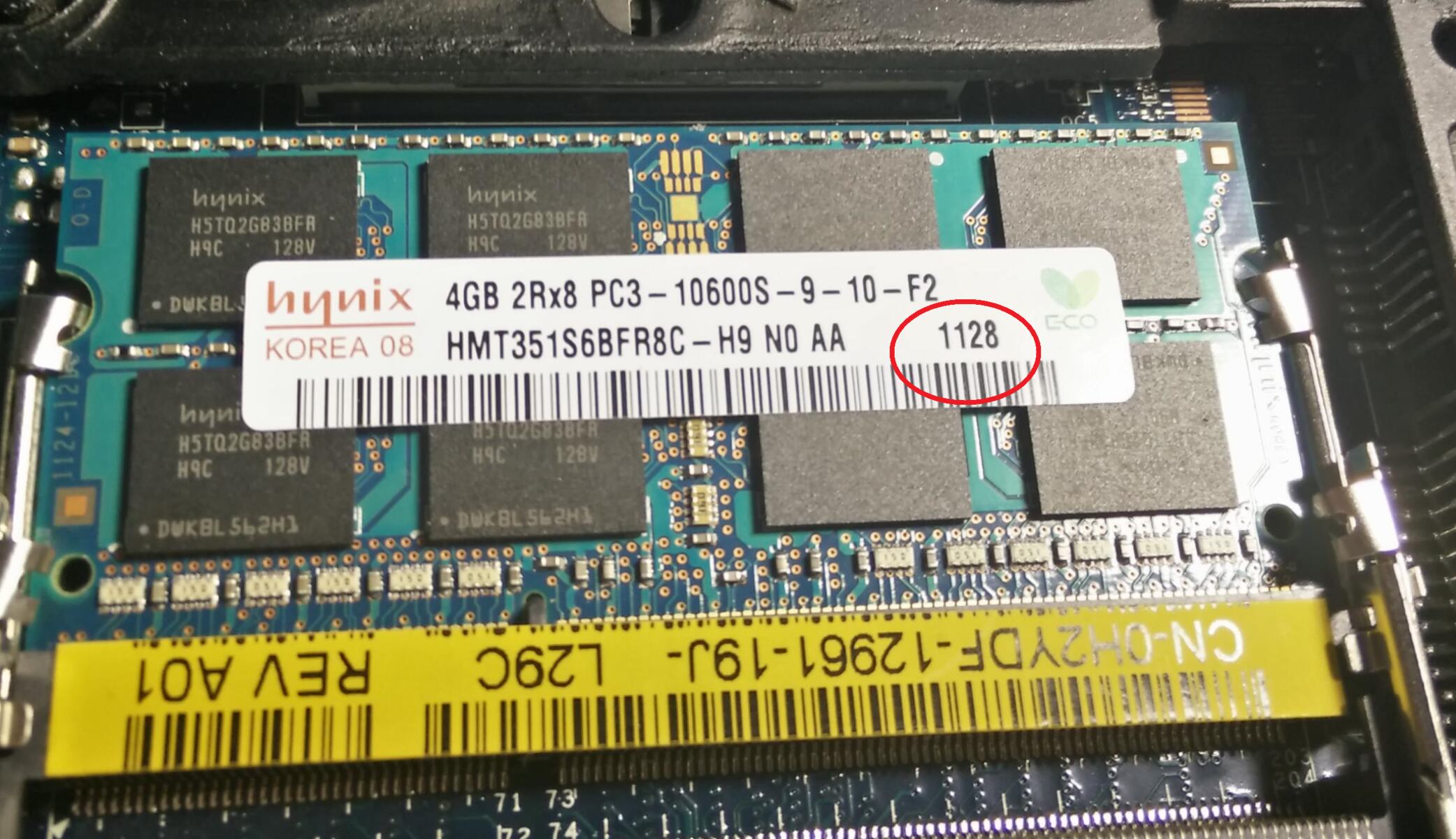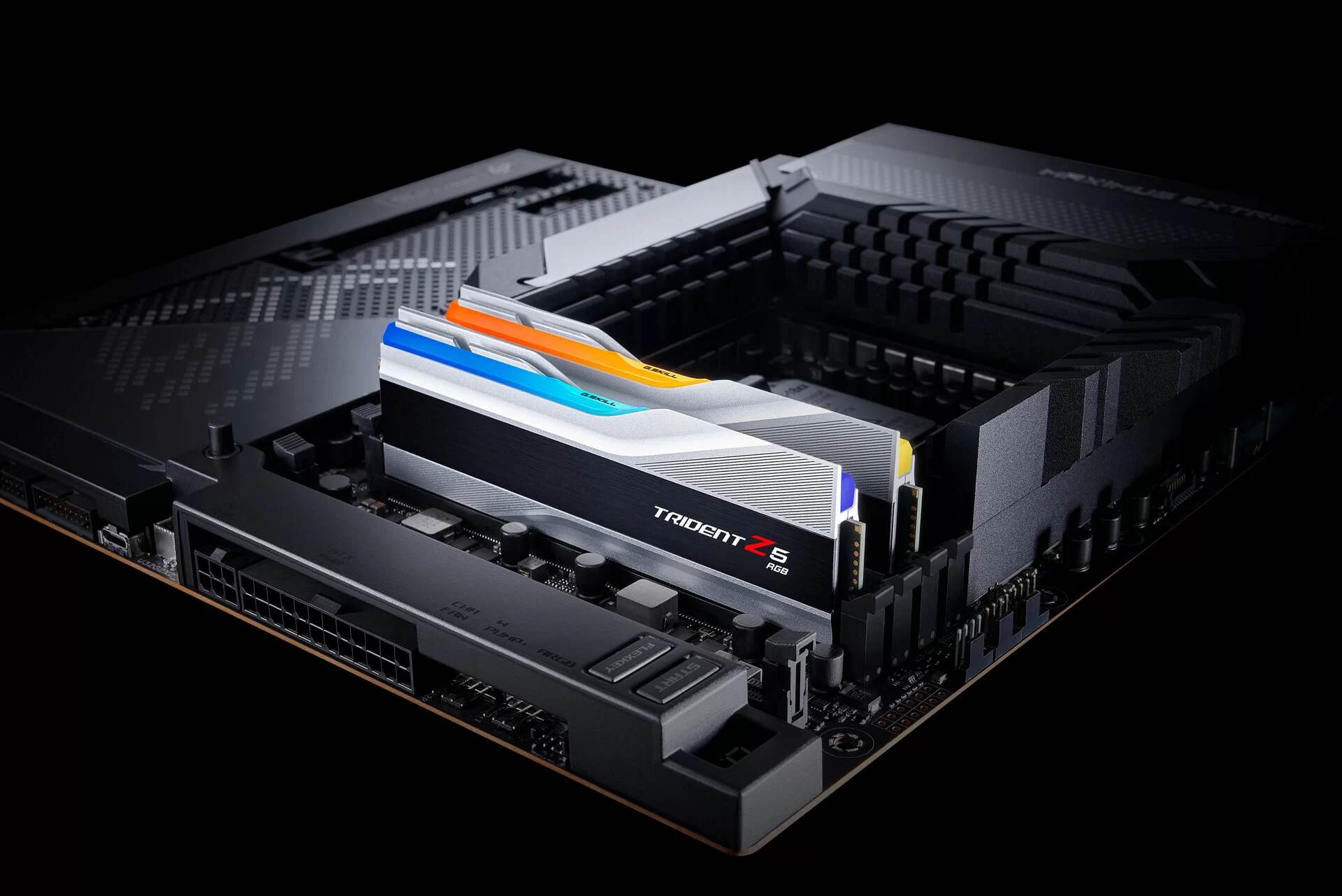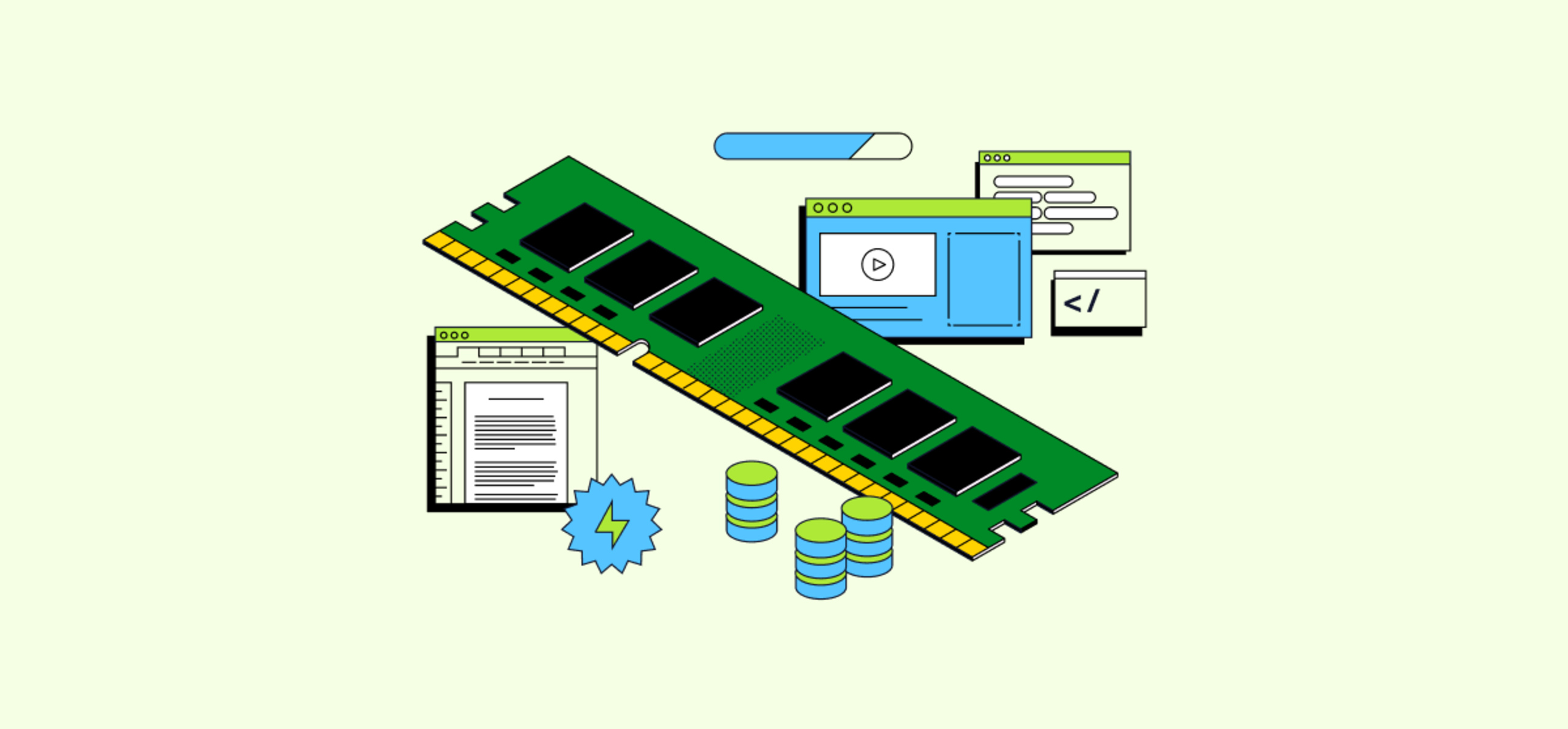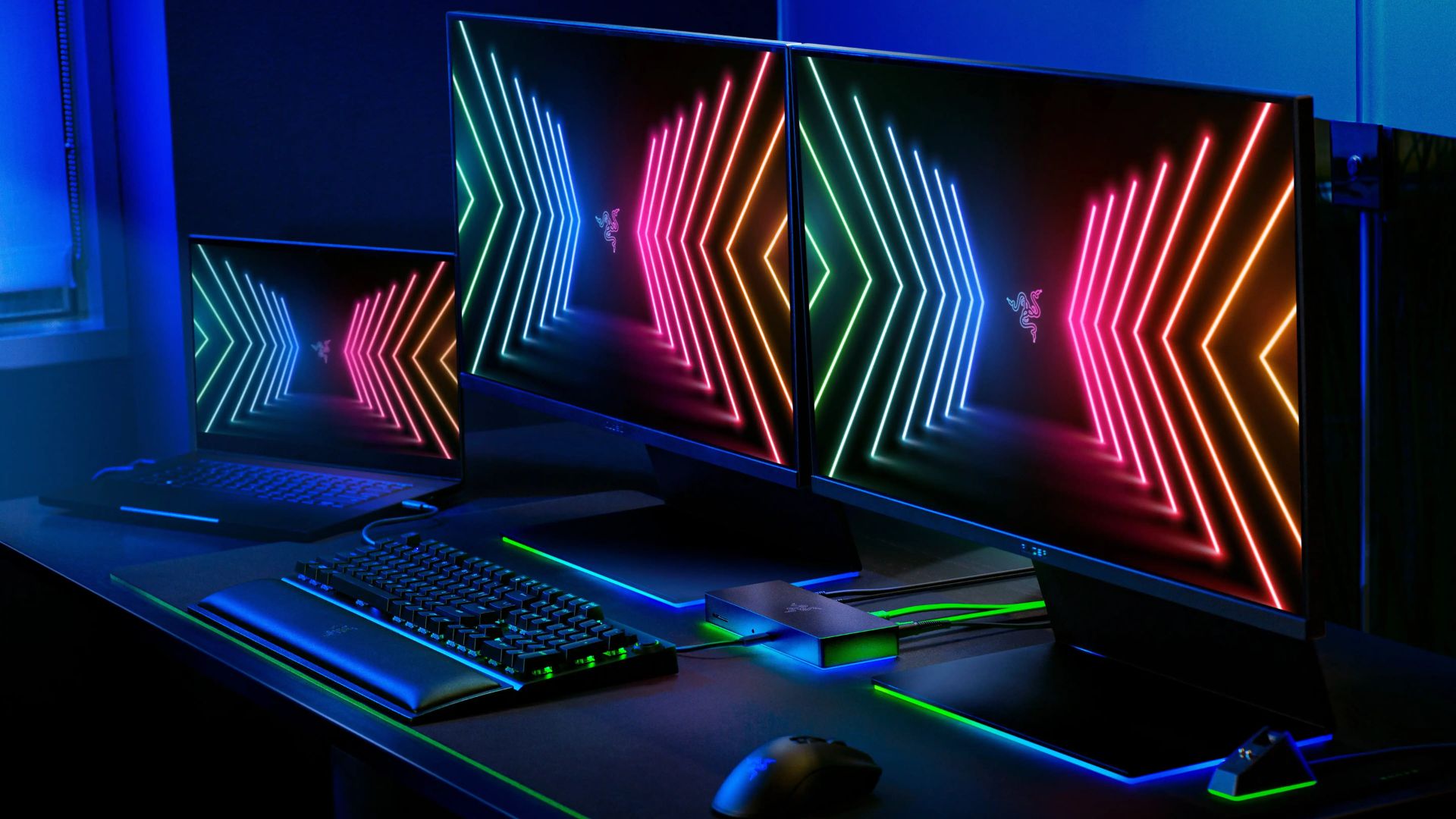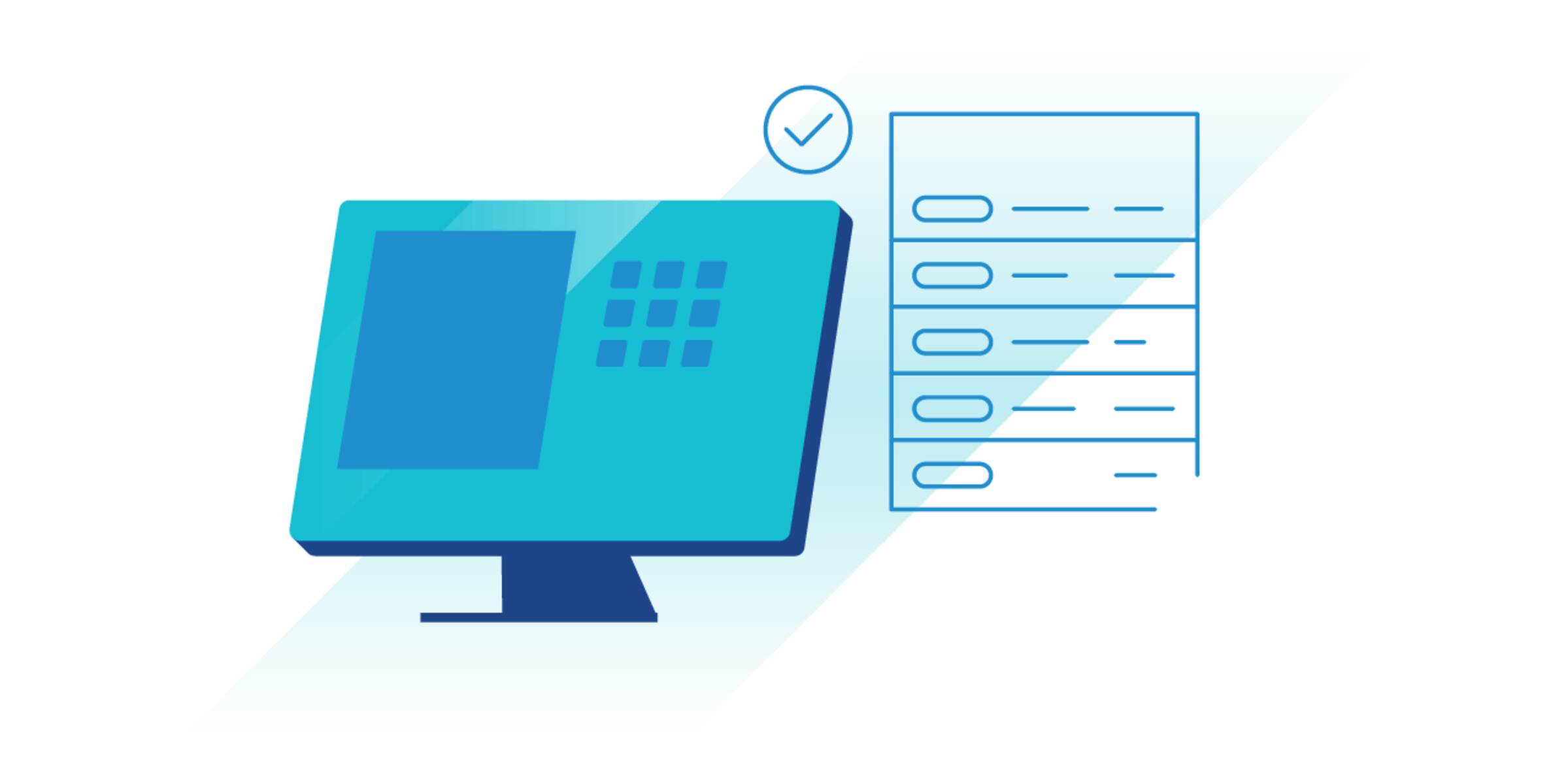Introduction
When it comes to choosing a new computer or upgrading your existing one, there are several factors to consider. One of the most common dilemmas faced by many is whether to prioritize investing in more RAM or a faster processor. Both RAM (Random Access Memory) and the processor play crucial roles in determining the overall performance and efficiency of a computer. Understanding the roles and importance of each can help you make an informed decision that aligns with your specific needs.
RAM is a form of temporary storage that allows your computer to access and store data quickly. It acts as a bridge between the processor and the storage drive, allowing the processor to retrieve and process data effortlessly. Having sufficient RAM ensures smooth multitasking, as it allows the computer to handle multiple applications and processes simultaneously without slowing down or experiencing performance issues.
The processor, also known as the Central Processing Unit (CPU), is the “brain” of the computer. It interprets and executes instructions, performs calculations, and manages the overall operations of the system. The speed and efficiency of the processor directly impact the computer’s ability to carry out tasks quickly, such as running software and applications, processing complex algorithms, and handling demanding tasks like video editing or gaming.
While both RAM and the processor are essential components for a well-performing computer, the importance of each can vary depending on your specific needs and usage patterns. In this article, we’ll delve into the roles of RAM and the processor, explore the differences between them, and provide insights on which one you should prioritize when making decisions about computer upgrades or new purchases. By understanding the factors that influence the significance of RAM and the processor, you can make an informed decision that best suits your needs and ensures optimal performance for your computer.
The Role of RAM
Random Access Memory (RAM) plays a crucial role in the performance of a computer. Think of it as the short-term memory where your computer stores data that is currently being used or accessed by the processor. When you launch an application or open a file, it gets loaded into the RAM to provide quick and easy access for the processor.
One of the primary functions of RAM is to enable multitasking. The more RAM your computer has, the better it can handle running multiple applications simultaneously. With sufficient RAM, you can browse the web, stream videos, edit documents, and have several other programs running in the background without experiencing a significant slowdown or performance issues.
RAM also plays a critical role in gaming. Games require a significant amount of memory to process graphics, textures, and game logic. Insufficient RAM can lead to lag, longer load times, and reduced overall performance in games. Having enough RAM ensures a smoother gaming experience, allowing for seamless gameplay without interruptions.
Another benefit of having sufficient RAM is improved overall system responsiveness. When the operating system and frequently used applications are stored in RAM, they can be quickly accessed by the processor, resulting in faster program launches and improved system performance. This is especially noticeable when switching between applications or performing tasks that involve a lot of data processing.
It’s important to note that more RAM does not always translate to better performance in all scenarios. The amount of RAM you need depends on your specific usage patterns and the applications you use. If you’re primarily using your computer for basic tasks like web browsing, email, and word processing, 8GB to 16GB of RAM should be sufficient. However, if you’re a professional involved in intensive tasks like video editing, 3D rendering, or running virtual machines, you may benefit from having 32GB or more RAM to ensure smooth and efficient multitasking.
In summary, RAM is essential for multitasking, gaming, and overall system responsiveness. It allows your computer to run multiple applications simultaneously, provides quick access to data, and improves overall performance. Assessing your specific needs and considering the type of tasks you perform will help determine the appropriate amount of RAM required to meet your computing requirements.
The Role of Processor
The processor, also known as the Central Processing Unit (CPU), is often referred to as the brain of the computer. It is responsible for executing instructions and performing calculations, making it one of the most critical components when it comes to determining the speed and performance of a computer.
The primary role of the processor is to process data and carry out the instructions provided by software applications. It controls the flow of information between different hardware components and executes various tasks, ranging from simple operations like adding numbers to complex operations like rendering high-definition videos or running artificial intelligence algorithms.
The speed of the processor, measured in gigahertz (GHz), determines how quickly it can perform calculations and process instructions. A faster processor can process data at a higher rate, resulting in quicker program launches, seamless multitasking, and reduced wait times for complex tasks. However, it’s important to note that the speed of the processor is not the only factor determining its performance. The architecture, cache size, and number of cores also play significant roles.
Processors with multiple cores, such as dual-core, quad-core, or even octa-core, have the ability to process multiple tasks simultaneously. This is particularly beneficial for users who engage in tasks that can take advantage of parallel processing, such as video editing, 3D rendering, or scientific simulations. Each core can handle its own set of instructions, effectively dividing the workload and increasing overall efficiency.
Furthermore, the processor’s architecture and cache size also impact performance. Different generations and designs of processors can offer improved performance in terms of energy efficiency, instruction set capabilities, and overall processing power. A larger cache size allows the processor to store frequently accessed data closer to itself, reducing the time it takes to retrieve information and improving overall performance.
Choosing the right processor depends on your intended usage. If you’re primarily using your computer for basic tasks like web browsing, email, and word processing, a mid-range processor should suffice. However, if you’re a professional involved in resource-intensive tasks such as 3D modeling, video editing, or gaming, investing in a high-performance processor with multiple cores and a higher clock speed will significantly improve your productivity.
In summary, the processor is the central component responsible for executing instructions, performing calculations, and enabling the computer to carry out tasks efficiently. The speed, architecture, cache size, and number of cores all contribute to the overall performance and responsiveness of the system. Assessing your specific needs and considering the type of tasks you perform will help determine the appropriate processor that can handle your workload effectively.
RAM vs Processor: Which One Should You Prioritize?
While both RAM and the processor are crucial components for a well-performing computer, prioritizing one over the other depends on your specific needs and usage patterns. As they serve different functions, understanding your computing requirements will help you make an informed decision.
If you find yourself frequently multitasking or using resource-intensive applications, investing in more RAM should be a priority. Additional RAM allows your computer to handle multiple tasks simultaneously without experiencing significant performance degradation. It ensures that your applications can run smoothly, prevents lag, and enhances overall system responsiveness. Similarly, if you’re involved in activities like gaming, video editing, or running virtual machines, having ample RAM will significantly improve your experience, allowing for smoother gameplay and faster rendering times.
On the other hand, if you primarily engage in tasks that are highly reliant on computational power and require quick data processing, then prioritizing a powerful processor is essential. A faster processor with multiple cores will enable you to execute demanding applications and process complex calculations more efficiently. This is particularly crucial for professionals in fields such as animation, 3D rendering, scientific simulations, and software development, where high-performance processors are essential for optimal productivity.
It’s important to note that while upgrading both RAM and the processor can lead to improved system performance, it’s often more cost-effective to prioritize one over the other based on your specific needs. Assessing your typical workflow and the types of applications you frequently use will help you determine which component will provide the biggest performance boost.
If you’re unsure which to prioritize or if your budget allows, upgrading both RAM and the processor simultaneously can provide the best of both worlds. This ensures a well-balanced system that can handle multitasking and demanding applications effectively.
Ultimately, the decision between prioritizing RAM or the processor will depend on your unique requirements. If you frequently multitask or engage in resource-intensive activities, more RAM will enhance your overall experience. If you rely on computational power and perform tasks that require fast data processing, a powerful processor should be your focus. Assessing your needs and striking the right balance between both components will result in a computer that meets your performance expectations.
Factors to Consider When Choosing RAM
When choosing RAM for your computer, several factors should be taken into consideration to ensure optimal performance. The following factors will help you make an informed decision:
- Memory Capacity: The amount of RAM you need depends on your specific usage patterns and the types of applications you frequently use. For basic tasks like web browsing, email, and word processing, 8GB to 16GB of RAM should be sufficient. However, if you’re involved in tasks such as video editing, 3D rendering, or running virtual machines, you may benefit from having 32GB or more RAM to handle demanding workloads.
- Memory Type and Speed: RAM is available in different generations and speeds, such as DDR3 and DDR4. It’s essential to ensure compatibility with your computer’s motherboard. Additionally, choosing RAM with higher speeds can provide a slight performance boost, especially for tasks that involve frequent data access.
- Dual-Channel vs. Single-Channel: Dual-channel memory configuration can offer a slight performance advantage over single-channel memory. If your motherboard supports dual-channel memory, using two identical RAM modules can improve memory bandwidth and overall system performance.
- ECC vs. Non-ECC: Error Correction Code (ECC) RAM detects and corrects memory errors, providing more stability and reliability. Non-ECC RAM is more common in consumer-grade systems and is sufficient for most users. ECC RAM is typically used in professional environments where data reliability is critical, such as servers or workstations.
- Future Upgradability: Consider whether you may need to upgrade your RAM in the future. If you anticipate the need for more memory down the line, choosing a motherboard with available RAM slots and support for higher capacities will allow for easier future upgrades.
It’s important to check your computer’s specifications and consult the manufacturer’s guidelines to ensure compatibility and maximum performance. Additionally, purchasing RAM from reputable manufacturers can provide better quality and reliability.
By considering these factors, you can select the appropriate RAM configuration that meets your computing needs and ensures smooth multitasking, faster application launches, and overall improved system performance.
Factors to Consider When Choosing a Processor
Choosing the right processor for your computer is crucial to ensure optimal performance and productivity. Consider the following factors when making your decision:
- Processor Type: There are two main processor manufacturers in the market: Intel and AMD. Both offer a range of processors catering to various needs and budgets. Research the specifications and performance benchmarks of different models to find the one that suits your requirements.
- Clock Speed: The clock speed of a processor, measured in GHz, represents the number of cycles it can perform per second. Processors with higher clock speeds generally offer better performance. However, it’s important to note that different processor architectures and designs can impact performance, so comparing benchmarks is essential.
- Number of Cores: The number of cores in a processor determines its ability to handle multiple tasks simultaneously. Dual-core processors are suitable for basic tasks, while quad-core or higher processors are ideal for multitasking and resource-intensive applications. Consider the nature of your work and the programs you use to determine how many cores you need.
- Cache Size: The cache is a small memory built directly into the processor that stores frequently accessed data. A larger cache size allows for faster data retrieval, improving overall performance. Consider the cache size when comparing different processor models.
- Power Consumption: Power consumption is an important consideration, especially for laptops and systems that prioritize energy efficiency. Processors with lower power consumption can help extend battery life and reduce electricity costs. Look for processors that offer a good balance between performance and power efficiency.
- Socket Compatibility: Ensure that the processor you choose is compatible with your motherboard’s socket. Different processors have different socket designs, so verify compatibility before making a purchase.
- Budget: Consider your budget when selecting a processor. High-end processors with top-of-the-line specifications tend to be more expensive. However, there are often mid-range processors available that provide a good balance of performance and affordability.
It’s also worth noting that staying up-to-date with the latest processor technology can be beneficial in terms of performance and efficiency. Newer generations of processors often offer improved performance, enhanced features, and optimized power consumption.
By considering these factors and understanding your specific needs, you can find a processor that meets your requirements, enabling you to work efficiently, run demanding applications, and achieve the level of performance you desire.
Conclusion
When it comes to choosing between prioritizing RAM or the processor, there is no one-size-fits-all answer. Both RAM and the processor play vital roles in determining the overall performance of your computer, but their importance depends on your specific needs and usage patterns.
If you frequently multitask, run resource-intensive applications, or engage in activities like gaming or video editing, investing in more RAM should be a priority. Adequate RAM ensures smooth multitasking, faster program launches, and improved overall system responsiveness.
On the other hand, if you rely on computational power and perform tasks that require quick data processing, a powerful processor should be your focus. A faster processor with multiple cores enables you to execute demanding applications and perform complex calculations more efficiently.
Consider factors like memory capacity, memory type and speed, processor type, clock speed, number of cores, cache size, power consumption, and budget when making decisions about upgrading or purchasing RAM and the processor.
Ultimately, it’s important to strike a balance between both components based on your specific needs and budget. Upgrading both RAM and the processor together can provide the best overall performance, but if you have to prioritize, determine which component will offer the biggest performance boost for your typical usage scenarios.
Assess your workflow, the types of applications you frequently use, and the level of multitasking you engage in to make an informed decision. Consulting computer specifications, seeking recommendations, and staying updated with the latest technology can help you make the best choice.
By considering these factors and understanding the roles and importance of RAM and the processor, you can make informed decisions that result in an efficient and high-performing computer that meets your specific computing needs.







